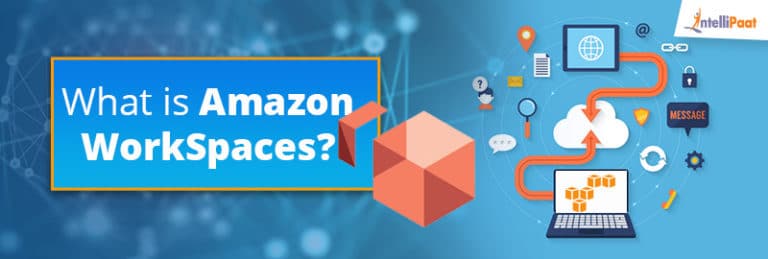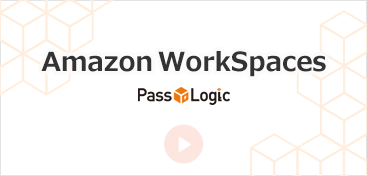


There may be concerns around security and privacy, which are common in relation to any transition to a cloud computing experience. Some users and IT pros may be resistant to the idea of a desktop that lives in the cloud. In spite of the benefits of delivering user desktops as a service over the Internet, as described above, there are downsides, as there are with any technology. What’s not to like? Concerns and issues surrounding Desktop as a Service That is, users can bring their own devices – laptops and tablets – or work from their home desktop systems, and you still have control over their work desktops that they’re accessing with those devices. And this is true independently of the hardware. The other big thing for administration is that deploying virtual desktops gives you more control over them, more easily, than you might have with dozens, hundreds or even thousands of individual computer desktops. You can bring in a large number of new employees and quickly get them up and running. This is particularly true in the case of custom line-of-business applications.Ī big advantage of persistent desktops is that both the user’s applications and the user’s data are always in the same place and accessible through the virtualized desktop, so that switching from one device to another suddenly becomes a seamless experience.įrom the company’s point of view, the ability to quickly deploy desktops to new users can be a big plus, especially in special cases such as mergers and acquisitions, which seem to be increasingly common in many industries these days. Granted, this is less of an issue that it used to be, now that functional online versions of Microsoft Office programs or Google docs can be used from any machine, and many mobile apps can be downloaded quickly and easily (and without paying for them again if the user already owns them) from a mobile OS vendor’s Store – but it still happens. It’s not uncommon, either to find that the document a user was working on with one device was saved to that local hard drive and either isn’t available at all on the current device (and in a worst case scenario, will have to be recreated), or the user must lose productivity time to establishing a connection back to the home or work network where the document is stored in order to retrieve it and continue working on it.Īnother common scenario is that the user has access to his or her documents (perhaps because they’re stored on a cloud service, perhaps because the user transferred a copy by putting it on a USB drive or sending it to him/herself via email) – but then finds that the application that’s needed to work with it isn’t installed on the new device. The lack of consistency has long been a source of frustration for computer users, and it’s a pain to have to either spend time changing settings or adapt to a different (even if only slightly) interface when switching from one device to another. Persistent desktops: what problems do they solve? No matter how much you quibble over the names, desktops in the cloud offer advantages both cost-wise and convenience-wise, but like all cloud services, also have their drawbacks – the most obvious of which is the dependency on the reliability and quality of the Internet connection. There has been much discussion over the definition of DaaS and at what point VDI hosted off-premises becomes DaaS.
AMAZON WORKSPACES SERIES
In October of 2014, I wrote a series of articles called Desktop in the Cloud for our sister publication, In the slightly-more-than-a-year that has passed since then, cloud computing in general and cloud-based desktop virtualization have both come a long way.

If you would like to read the other parts in this article series please go to:


 0 kommentar(er)
0 kommentar(er)
